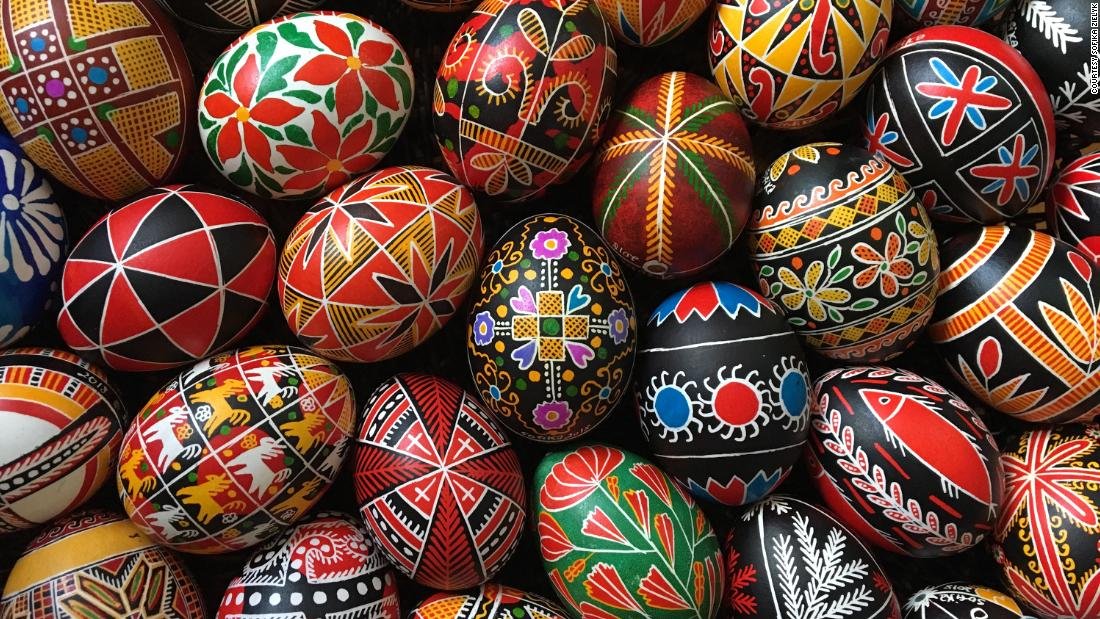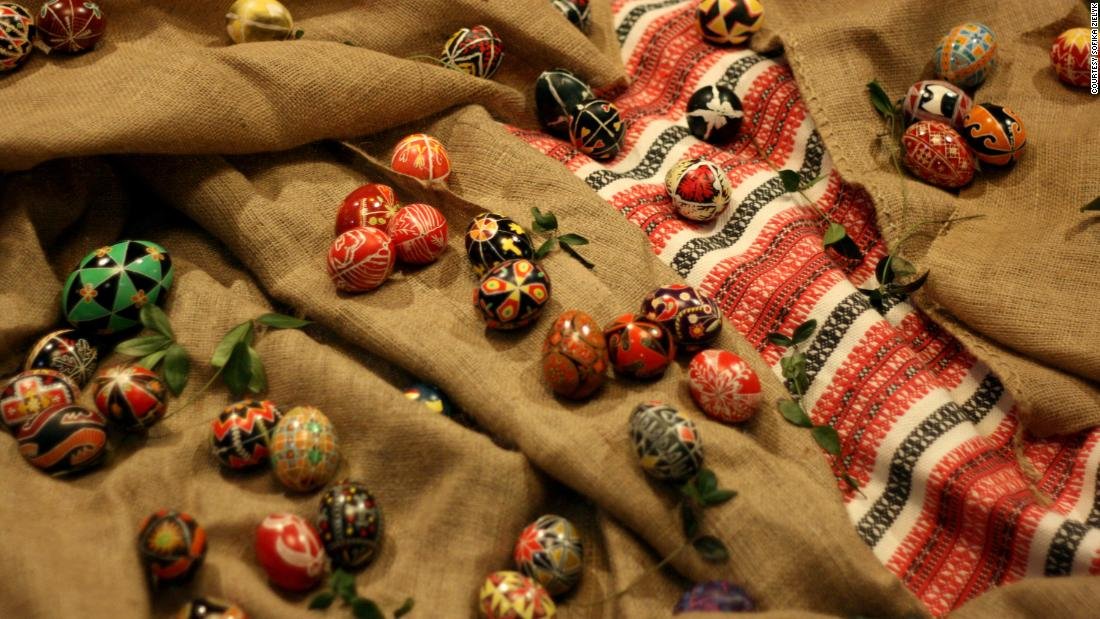As we in the West celebrate Easter, Ukrainian and other Orthodox Christians celebrate their Easter a week later. But today seems a good time to reflect on and remember the resilience not only of the Ukrainian people in the face of Russian agression, but of Ukrainian culture across the centuries.
Like many Eastern European peoples, Ukraine has been dominated, overrun, and fought over as long as anyone can remember, almost always from the north and east. Most of that agression traces back to Moscow: first the Russian Empire, then the USSR, and now the Russian Federation.
Traditions that had even the remotest religious connotation were banned during the atheist-run Soviet era. Some brave souls continued to practice them underground.
One such tradition is pysanky -- large, beautifully hand decorated eggs with the most intricate designs. (Click here to read about this painstaking process.) The tradition has actually been an integral part of Ukrainian culture since pre-Christian times, when the egg was given as a gift representing new life and abundance. With the advent of Christianity in the 10th century, the custom was incorporated into Orthodox practice to represent the resurrection of Christ.
Ukrainian-American artist Sofika Zielyk has always made pysanky at Easter time. Says Zielyk:
““When I started researching the tradition, I realized that this was just more than pretty decorated eggs. It has a history of a whole nation.””
At the Ukrainian Institute of America in New York, Zielyk has created an installation featuring these dazzling gems. She put out a call on social media to the worldwide Ukrainian diaspora for people to create pysanky and send them to the institute for display. Every day more eggs arrive from all over the world.
And what will happen to the eggs? (In case you're wondering, the contents of the eggs have been blown out through tiny holes on each end.) Zielyk says when the war is over they will be taken to Ukraine and buried in the cities that have been ravaged -- the planting of a symbol of hope.
Says the curator herself:
““ It is our way of saying that we are here, we have been here for centuries and we are not going anywhere.””
Are there pockets of the Ukrainian diaspora where you live? Why not find out whether they are creating these fragile yet resilient reminders of Hope and New Life?


